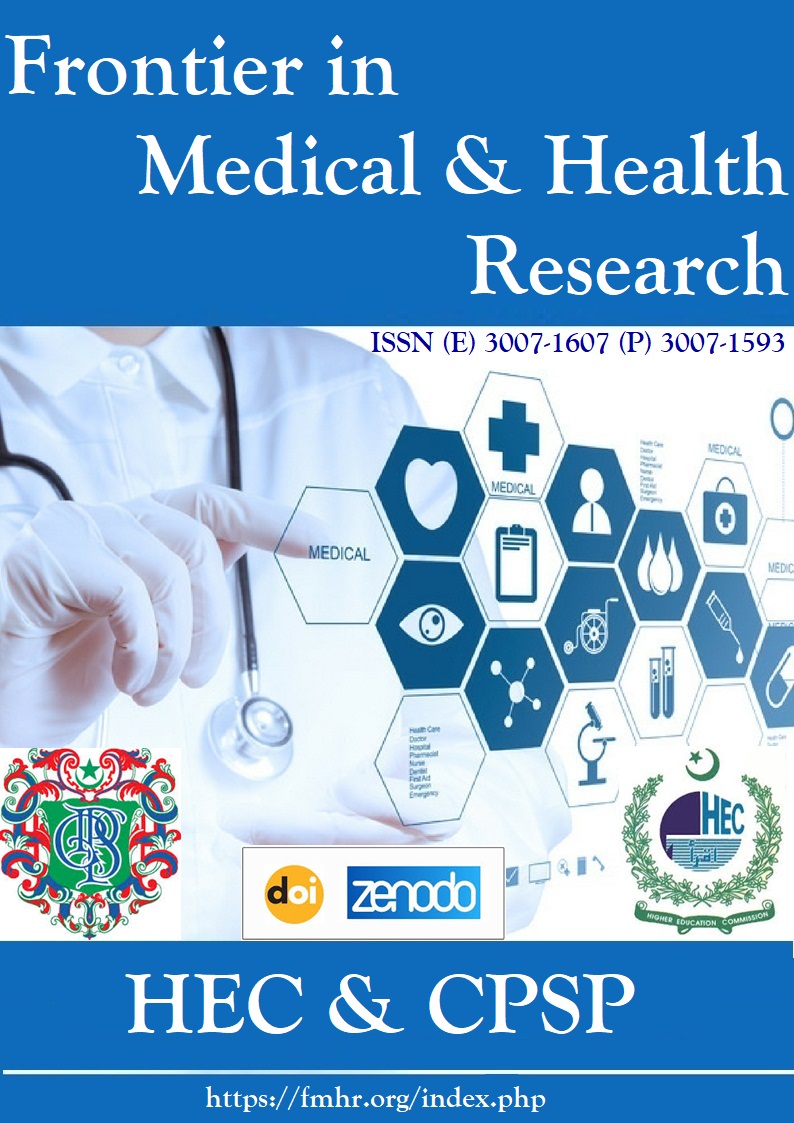Abstract
Breast cancer is the second highest cause of death for women in the world. One of the most common is the sonographic imaging which plays an important role in the screening for an early detection and monitoring of the prognosis. Modality alternatives in low-resource settings, where mammography may not be available, ultrasound is a cost-effective alternative for breast lesions detection. This study determines the diagnostic role of ultrasound in detection of breast lesions in women of Mingora, Swat. One hundred women were studied and information on age, family history and breast lumps recorded. The research demonstrates strong associations between abnormal ultrasound findings and factors such as family history and breast lumps. Ultrasonography has also been shown to be very efficacious, with 74% diagnostic accuracy in determining benign versus malignant lesions s. The study underscores the value of accessible screening strategies and early diagnosis, especially in underdeveloped regions, and also indicates that optimization of the application of ultrasound may help to save her life in places that lack more expensive imaging techniques. The study underscores the necessity for culturally relevant interventions for early detection and utilization of healthcare services.
